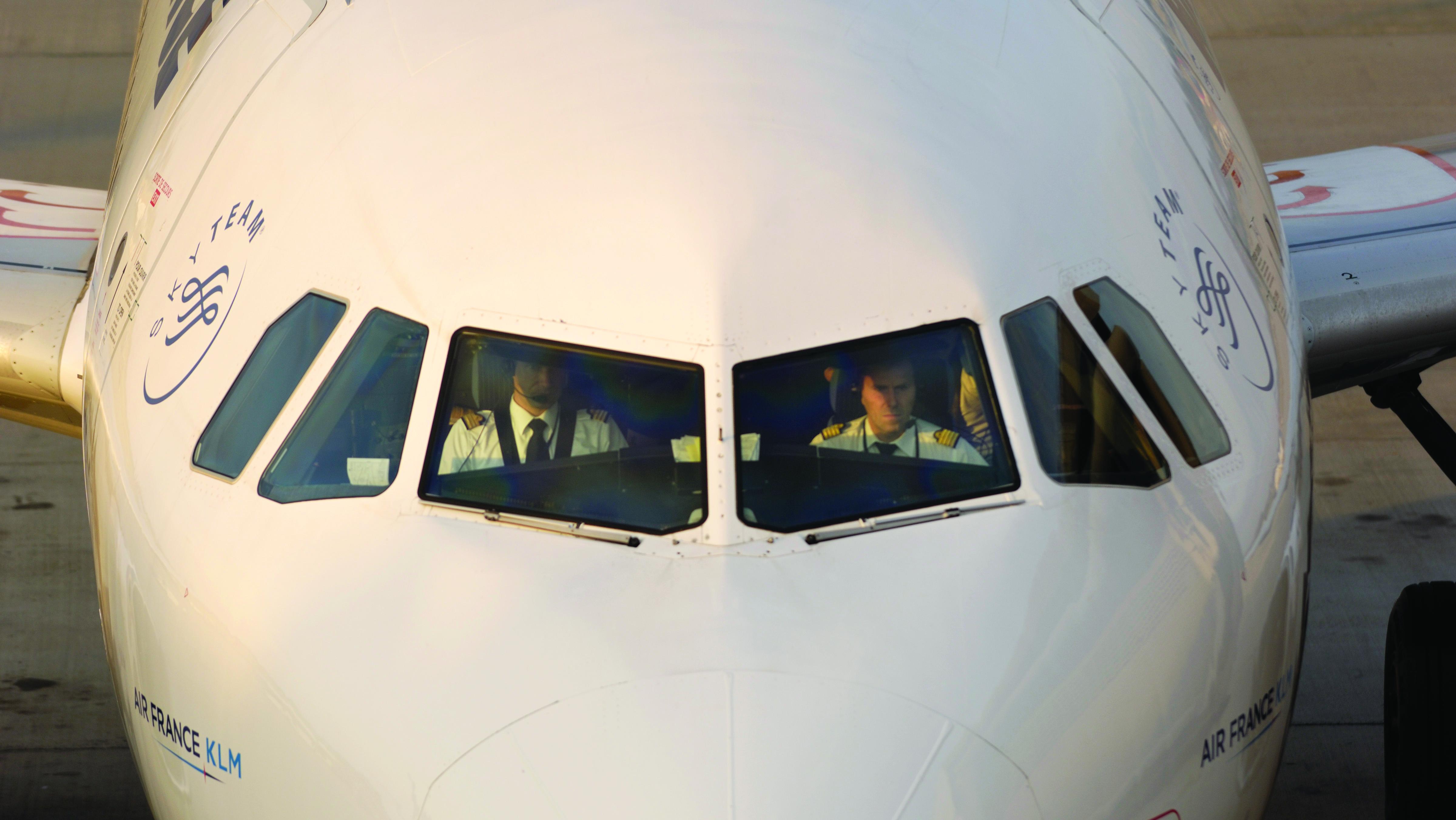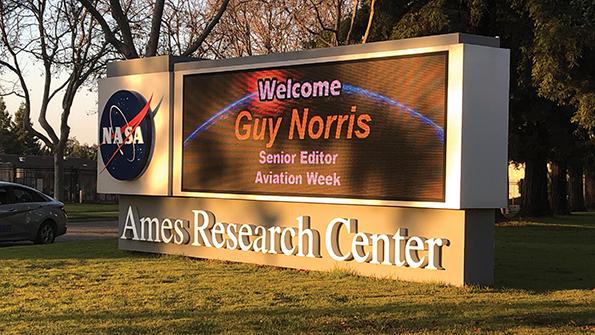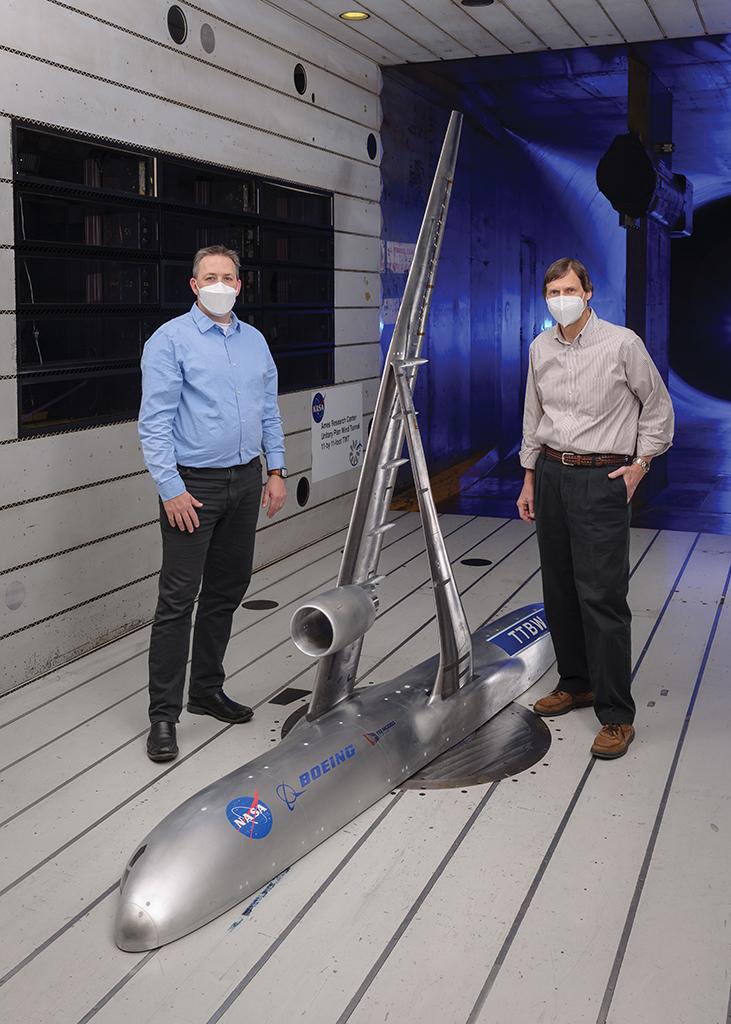Letters From Our Readers, April 4, 2022

Two Pilots Plus
Your article “Flying Solo” (Jan. 24-Feb. 6, p. 50) and the letter from retired Capt. Guy Wroble (March 7-20, p. 6) seem to support having a single pilot on a commercial transport. It reminds me of an argument by the Brotherhood of Locomotive Engineers and Trainmen for having two people in the cabin on passenger trains: “The public would never accept an airline operation with a single person in the cockpit,” they declare, so “there is no reason that . . . rail passengers’ lives should be viewed any differently.”
Computers, like people, are fallible. Two pilots PLUS the computers sound a lot better to this passenger and, I suspect, to a great many others.
Robert D. Dyson, Portland, Oregon
Management Responsibilities
It is time to address single-pilot operations in the proper context (“Flying Solo,” Jan. 24-Feb. 6, p. 50). We need to take into account the management responsibilities of a “pilot in command” (PIC) and stop treating the issue as a technical problem that can be fixed with engineering solutions. During flight, the PIC is not only the operator but the leader/manager of the aircraft, passengers and crew.
Sure, we can develop a system that can fly and land the aircraft without human intervention. But situations arise during flight that may require the PIC to intervene, taking his/her focus off the safety of the flight and onto human issues such as unruly passengers or medical emergencies. Faced with such issues, the PIC must then make the decision to focus attention on fixing one problem at the expense of situational awareness or many other flight safety potential hazards. How many of us have diverted attention to the kids in the backseat and stopped focusing on the road?
As passengers, we deserve a PIC who is able to manage all aircraft operations and make safety-of-flight decisions. Enhanced system monitoring, training and autonomous aircraft capabilities are all good things, but the probability of situations outside of the training syllabus is getting higher every day.
Tom Megna, Littleton, Colorado
No Thank You
Regarding “Flying Solo” (Jan. 24-Feb. 6, p. 50), has anyone taken the time to ask the flying public if they would set foot in an airliner knowing that there is just one person at the helm? I won’t!
James F. Campbell, North Chesterfield, Virginia
Sustaining Momentum
Steve Dickson’s “unexpected decision” to depart his post as FAA administrator and Air Traffic Organization Chief Operating Officer Teri Bristol’s similar choice to move on represent something of a mini-crisis within the industry (March 7-20, p. 32). During my many years as an air traffic manager in the FAA, there were similar challenges.
Given the state of NextGen—sweeping integration of new and exciting capabilities—and recruitment, staffing and training anomalies that the FAA is facing, a challenging summer air travel season could be ahead. There is an effort underway to “bring back” retired FAA and military air traffic controllers to help out, and there is also an endeavor to hire paid interns to assist in certain air traffic control facilities. Some in-progress relief measures—such as transfer of some air traffic control responsibilities from New Jersey’s Newark Liberty International Airport to Philadelphia International Airport—may be further delayed.
When Dickson first arrived, there was widespread applause, the FAA appeared to be on the rebound, and good things and good times beckoned. Hopefully, things will stay on track, and Dickson’s successor and the new head of the Air Traffic Organization will be capable of sustaining the momentum of change and growth within the FAA.
Dick Marakovits, retired air traffic manager of New York Center and global air traffic management consultant, Riverhead, New York
Online, in response to Kevin Michaels’ commentary “Effects of the Titanium Cutoff” (March 21-April 3, p. 30), VPROCCO writes:
Great article, Kevin. Don’t discount some of the other materials used to alloy titanium. Chief among them is vanadium, which is used in the most widely employed titanium alloy Ti 6Al-4V. Russia is one of the largest producers of vanadium. While most of the vanadium used in titanium does not come from Russia, the potential supply disruptions with Russian vanadium could become problematic.
Behind the Scenes

NASA Ames Research Center recently invited Senior Editor Guy Norris to see preparations for high-speed buffet wind tunnel tests of Boeing’s ultraefficient transonic truss-braced wing (TTBW) concept. Conducted over a month using a 9%-scale semispan model, the risk-reduction testing was led by Neal Harrison (at left below), project manager for Boeing’s Subsonic Ultra Green Aircraft Research program, and Greg Gatlin, NASA Langley Research Center aerospace research engineer. Read Norris' report on the NASA-Boeing buffet tests.



Comments